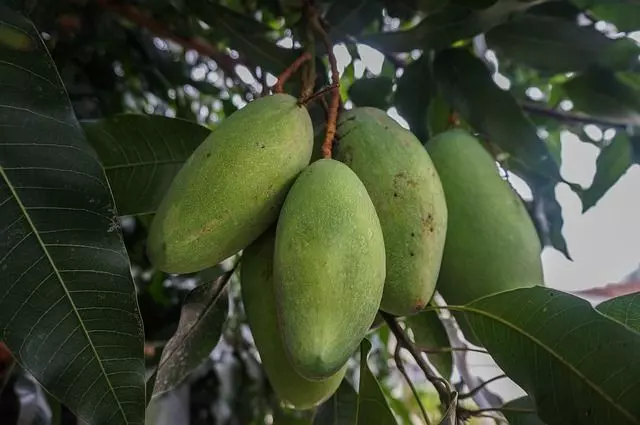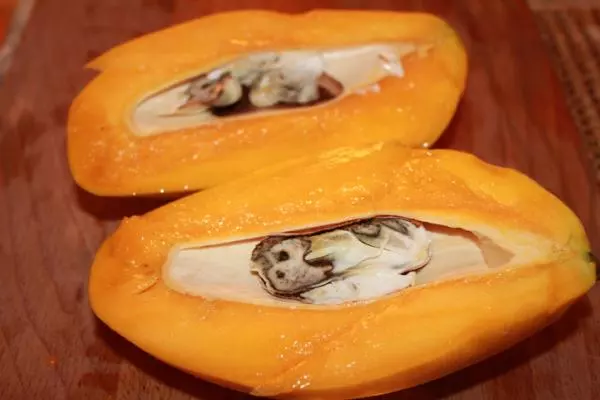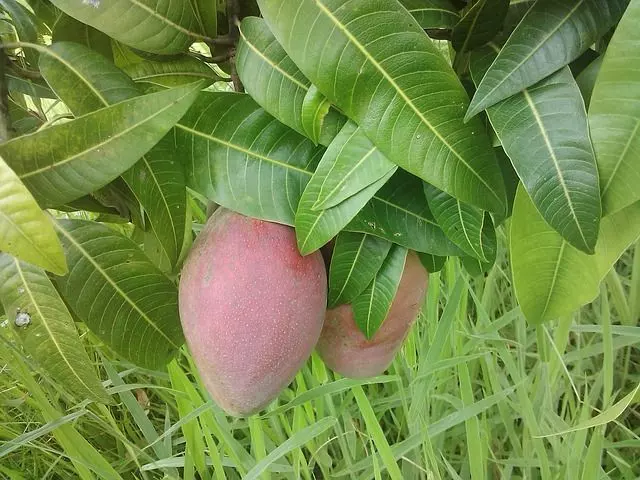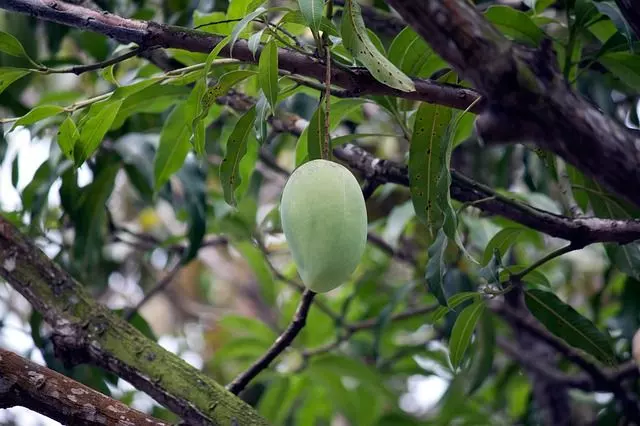The mango is that sweet, tasty, and refreshing fruit that we like to enjoy, today we will explain how to grow a mango seed at home.
Read our complete guide and you will know how to grow mango seeds correctly and, in the future, have your organic mangoes at home.
Learn more about How to Grow Dwarf Mango Tree in Pot from Seeds.
Table of Contents
What Do We Need to Plant Mangoes?
Before we show you how to grow a mango seed, we will explain what kind of soil, climate, and care mangoes need to grow.
Mango seed should be sown between late spring and early summer when the weather is rainy and sunny at the same time. The same applies when repotting outdoors if you don’t keep it in pots.
Being a tropical fruit, it is quite susceptible to cold. It thrives best in regions with a temperature between 78 and 98.6°F (26 and 37°C). Mature mango trees can withstand temperatures as low as 35.6°F (2°C), but this temperature should not be maintained for too long.
Regarding mango irrigation, the most important thing is that it receives an abundant amount of water during the first two years, then it can better withstand drought.
It can live well in different types of soil, preferably deep and well-drained.
Light soils are recommended so that the roots can penetrate and fix themselves to the soil. The optimum pH ranges between 4.5 and 5.7.

How to Grow a Mango Seed Step by Step
You already know what the mango needs to grow properly, now follow these steps to know how to grow a mango seed step by step.
1- First wash the seed fresh from the mango (do not let it dry or it will not hatch) and remove the brown membrane that surrounds it.
2- Then you sow it in a pot with topsoil with the widest and rounded part downwards, leaving the thinnest part to show a little.
3- At the bottom of the pot it is good to put a few inches of gravel for drainage, as mangoes hate excessive moisture in the soil, which rots their roots.
4- Place the pot in a warm area of the house, so that the temperature is between 77- 86°F (25-30ºC). Try to keep the soil moist, but not waterlogged, and when you water it, do it with warm water, so as not to cool the seed.
5- If the mango seed, when you remove the brown membrane, is healthy, it will germinate in about 10-15 days. If when you remove the membrane it looks brownish-grayish in part or all of it, better to throw it away because it is rotten and will not germinate.
6- Once you see the mango sprout, put the pot in a warm room next to a south-facing window, without fear of direct sunlight, and you will see it grow from one day to the next.
7- At night you can put it again in a warm area of the house and the morning, you take it out again to the window. In spring and the night temperature is above 60.8°F (16ºC) you can take it outside.
8- Do not fertilize it until the mango plant is at least 8” (20 cm long), because in the meantime it lives on the reserves of the cotyledons of the seed.
If you do not want the cold of winter to kill the very young mango saplings, the first two winters you shelter them at home next to a south-facing window. Once they have passed the infantile phase, they can be planted in the ground and resist well the cold of a few degrees below zero, they can scorch, but they sprout again.

How to Grow a Mango Seed Care – Basic Guide
You already know how to grow a mango seed, now you need to know how to take care of them correctly for their development and to obtain exquisite mangoes.
Mango is not a very demanding plant, and if you provide a suitable substrate and keep it moist, you should have no problems with its growth.
Even if you have to keep its soil moist, never puddle or flood the pot, and if it has a saucer underneath, always remove the excess drainage water after watering it.
If you have homemade organic fertilizer, you can add it sparingly once a month.
Place the plant in an area where it receives plenty of direct sunlight unless it is particularly strong in your area.
When the tree has grown too large for its pot, do not hesitate to repot it. Keep in mind that these trees can grow up to 40 feet tall, so choose a spot large enough for it if you are placing it outdoors.
Mango Harvesting
A mango tree can take up to 8 years to bear fruit, but if grafted it would only take 3 to 5 years.
The production of a mango tree can be considered quite high. An average-sized tree, for example, can produce up to 440 lbs. (200 kg) of fruit.

Mango Pests and Diseases
The pests and diseases that we can find when planting mango are:
Mealybug, Fruit fly, Flower moths, Anthracnose, Mango powdery mildew, and Mango withering.
For the control of most of the pests and diseases of mango, we can use neem oil and also prune the diseased branches, then we must burn the branches.

